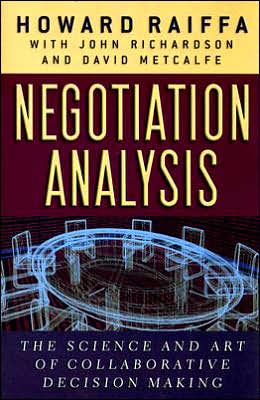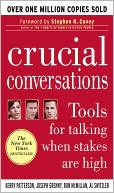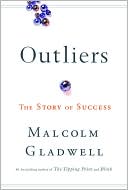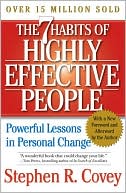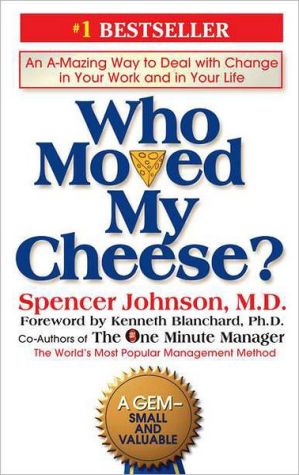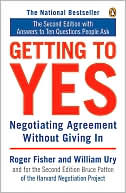Negotiation Analysis: The Science and Art of Collaborative Decision Making
This masterly book substantially extends Howard Raiffa's earlier classic, The Art and Science of Negotiation. It does so by incorporating three additional supporting strands of inquiry: individual decision analysis, judgmental decision making, and game theory. Each strand is introduced and used in analyzing negotiations.\ The book starts by considering how analytically minded parties can generate joint gains and distribute them equitably by negotiating with full, open, truthful exchanges. The...
Search in google:
Raiffa (emeritus, managerial economics, Harvard Business School) attempts a synthesis of four approaches to decision making: decision analysis, behavioral decision making, game theory, and negotiation analysis. His work is aimed primarily at prescriptively helping negotiators analyze their tasks in organizational group decision-making settings. Belknap Press is an imprint of Harvard U. Press. Annotation (c)2003 Book News, Inc., Portland, OR Publishers Weekly Harvard professor emeritus Raiffa and his co-authors have everything covered in this exhaustive work, which examines the dynamics of win-lose, win-win and multi-party negotiations and throws novel approaches like game theory into the mix. Especially timely is the analysis of "external help," in which the authors evaluate the growing trend of mediation and arbitration. Though its stated goal is to "suggest how people-perhaps you-might negotiate better," that's a bit of wishful thinking; the book, more a mathematics text than a popular guide, isn't designed for a broad-based audience. But it's certainly thorough, with its plethora of decision-making scenarios (e.g., surgery or radiation? invest in a business, or not?) to bring advanced theories to life. And Raiffa (The Art and Science of Negotiation) is one of the deans of the field. 78 line illustrations, 84 tables. (Jan.) Copyright 2003 Cahners Business Information.
PrefacePt. IFundamentals11Decision Perspectives32Decision Analysis143Behavioral Decision Theory334Game Theory535Negotiation Analysis81Pt. IITwo-Party Distributive (Win-Lose) Negotiations976Elmtree House997Distributive Negotiations: The Basic Problem1098Introducing Complexities: Uncertainty1299Introducing Complexities: Time14910Auctions and Bids165Pt. IIITwo-Party Integrative (Win-Win) Negotiations19111Template Design19512Template Evaluation21313Template Analysis (I)22614Template Analysis (II)24915Behavioral Realities26916Noncooperative Others288Pt. IVExternal Help30717Mostly Facilitation and Mediation31118Arbitration: Conventional and Nonconventional32819What Is Fair?34820Parallel Negotiations365Pt. VMany Parties38521Group Decisions38922Consensus40723Coalitions43024Voting45025Pluralistic Parties46526Multiparty Interventions48427Social Dilemmas507References523Note on Sources531Index535
\ Times Higher Education SupplementNegotiation Analysis makes a significant contribution to an important field...This is a classic text, synthesizing two approaches to negotiation: the 'art' handles human factors and the 'science' structured models. The book aims to equip negotiators with the skills 'to do a better job.' It is a massive work—550 pages—created by perhaps the most powerful intellect in the field.\ — Douglas Hague\ \ \ \ \ \ Publishers WeeklyHarvard professor emeritus Raiffa and his co-authors have everything covered in this exhaustive work, which examines the dynamics of win-lose, win-win and multi-party negotiations and throws novel approaches like game theory into the mix. Especially timely is the analysis of "external help," in which the authors evaluate the growing trend of mediation and arbitration. Though its stated goal is to "suggest how people-perhaps you-might negotiate better," that's a bit of wishful thinking; the book, more a mathematics text than a popular guide, isn't designed for a broad-based audience. But it's certainly thorough, with its plethora of decision-making scenarios (e.g., surgery or radiation? invest in a business, or not?) to bring advanced theories to life. And Raiffa (The Art and Science of Negotiation) is one of the deans of the field. 78 line illustrations, 84 tables. (Jan.) Copyright 2003 Cahners Business Information.\ \
